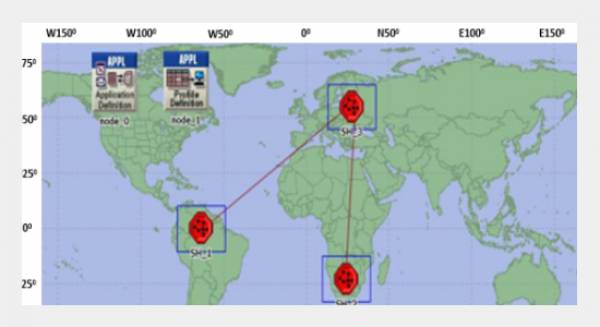Call for Paper - Frontiers in Personalizes Pervasive Healthcare Systems
Pervasive computing healthcare applications represent a set of connected networks with hidden objects and wearable sensors that are context-aware to deal with uncertain situations. The smart sensors and wearable devices potentially understand the patient's surroundings, their health condition and act accordingly without explicit instructions. It effectively monitors various factors such as patient heart rate, blood pressure, glucose level, ECG, pulse, and numerous other elements based on the scope and application of the pervasive systems. It completely observes the patient's activity right from when they wake up till the time they get to bed and during sleep. Personalized pervasive healthcare systems are basically designed to make healthcare services easier and smarter. Such that it understands the personal healthcare preferences of each individual user and takes the intended course of action.
Submission Deadline: 20 August 2023
Author Notification: 10 October 2023
Revised Paper Deadline: 15 December 2023
Final Notification: 10 Feburary 2024







